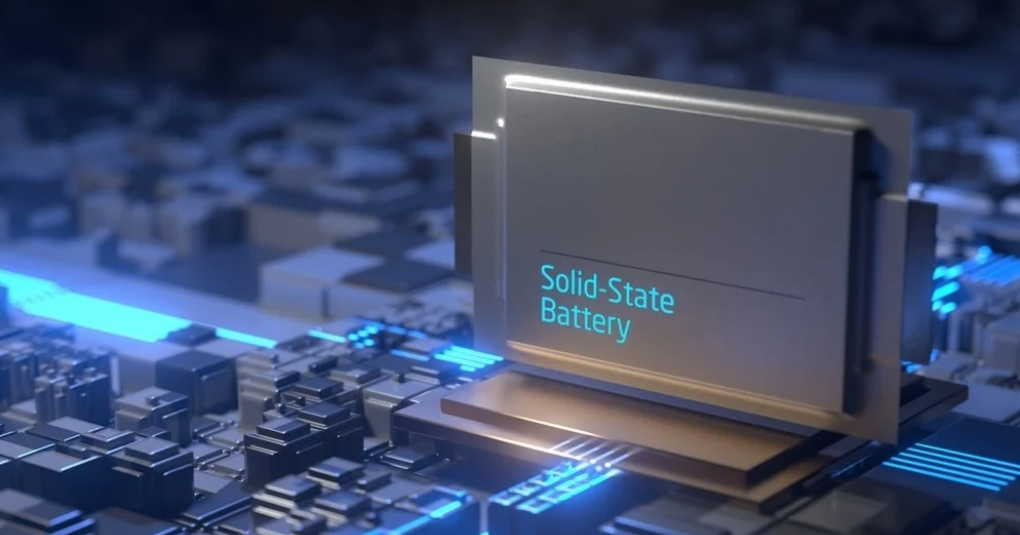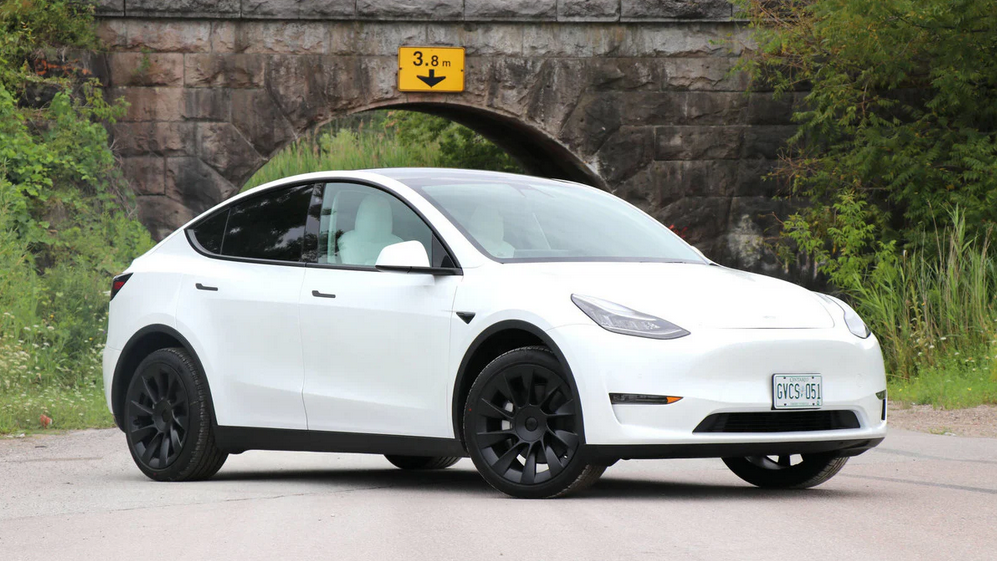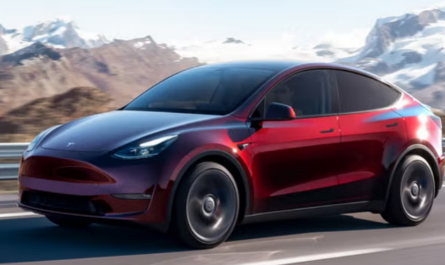Honda has unveiled a state-of-the-art demonstration production line at its research and development facility in Sakura City, Japan, marking a major step forward in the development and commercialization of solid-state battery technology. Spanning 300,000 square feet, the facility allows engineers to prototype and test the entire production process at scale, accelerating Honda’s efforts to bring next-generation batteries to market.
According to The Verge, the new line enables Honda to replicate every critical step involved in solid-state battery cell production, from electrode assembly to full battery module integration. This capability allows the company to refine materials, manufacturing techniques, and design processes much faster than before.
How the Production Line Works
The production line covers all essential operations involved in solid-state battery fabrication:
-
Assembling electrodes with the solid electrolyte layer to form the battery cell.
-
Applying anode and cathode films with precision to ensure optimal performance.
-
Weighing and mixing electrode materials for maximum efficiency and consistency.
-
Combining individual cells into battery modules, ready for use in vehicles and other mobility solutions.
By modeling the entire production process from start to finish, Honda can quickly test different material compositions, adjust manufacturing steps, and streamline design and assembly workflows. This holistic approach is critical for optimizing cost and efficiency while maintaining high-quality battery outputs.
Honda’s Solid-State Battery Strategy
The company aims to produce high-performance solid-state batteries capable of powering a broad range of Honda mobility products, including electric cars, motorcycles, and even airplanes.
A key innovation in Honda’s approach is the use of a “roll-processing technique”, which allows for thicker layers of dense solid electrolyte material between the anode and cathode. This technique, combined with manufacturing processes similar to conventional lithium-ion battery production, could help Honda achieve the high volumes and low costs necessary for widespread adoption of solid-state technology.
If successful, these batteries could offer higher energy density, longer battery life, and improved safety compared to traditional lithium-ion cells. The potential benefits extend across multiple mobility platforms, from compact electric motorcycles to large electric SUVs and even future aviation applications.
Industry Context and Competitors
Honda is not alone in pursuing solid-state battery technology. Several other automakers and startups are racing to develop similar solutions:
-
Factorial Energy is testing solid-state batteries for cars including the Dodge Charger, Nissan, and Volkswagen-backed QuantumScape.
-
Other automakers are exploring partnerships and proprietary technologies to reduce costs and improve energy density.
Despite the competition, Honda is advancing on multiple fronts. Its focus on rapid prototyping and end-to-end manufacturing modeling gives it a potential edge in scaling production efficiently.
Honda’s Ongoing EV Development
While solid-state batteries are a key focus, Honda is also expanding its existing electric vehicle lineup. The company’s Prologue SUV, built on GM’s Ultima EV platform, has seen strong sales in the U.S., demonstrating Honda’s ability to compete in the current EV market.
Looking ahead, Honda plans to release a larger electric SUV in 2025, further strengthening its position in the EV segment. This combination of solid-state battery research and conventional EV production ensures that Honda is not solely dependent on new technology to maintain market relevance.
Additionally, to better compete with Chinese automakers in the global EV market, Honda formed a strategic partnership with Nissan earlier this year. This collaboration aims to accelerate EV development, share technology expertise, and improve supply chain efficiency, helping Honda stay competitive in a rapidly evolving industry.
Implications for Mobility and Energy Storage
The successful commercialization of solid-state batteries could transform Honda’s approach to energy storage and mobility. Potential impacts include:
-
Motorcycles: Lighter, longer-lasting batteries could extend range and reduce charging times.
-
Electric vehicles: Higher energy density could allow for longer-range EVs with smaller battery packs, reducing costs.
-
Aviation: Lighter, more energy-dense batteries could support the development of electric aircraft or hybrid-electric planes.
The demonstration line in Sakura City provides a critical testing ground for these innovations, giving Honda the ability to iterate quickly and scale production if solid-state technology proves commercially viable.
Looking Ahead
Honda’s new facility signals a serious commitment to solid-state batteries and highlights the importance of innovation in the global transition to electric mobility. By investing in advanced manufacturing capabilities and rapid prototyping, the company is positioning itself to potentially lead in the next generation of battery technology.
While challenges remain, including scaling production cost-effectively and competing with other automakers and startups, Honda’s approach demonstrates a methodical and technology-driven strategy for commercializing solid-state batteries.
If Honda can successfully bring these batteries to market, the implications for motorcycles, electric vehicles, and aviation could be profound, offering longer ranges, faster charging, and safer, more efficient energy storage solutions.
Honda’s new 300,000-square-foot demonstration production line in Sakura City represents a major step toward realizing the promise of solid-state batteries, potentially revolutionizing mobility across multiple platforms.




